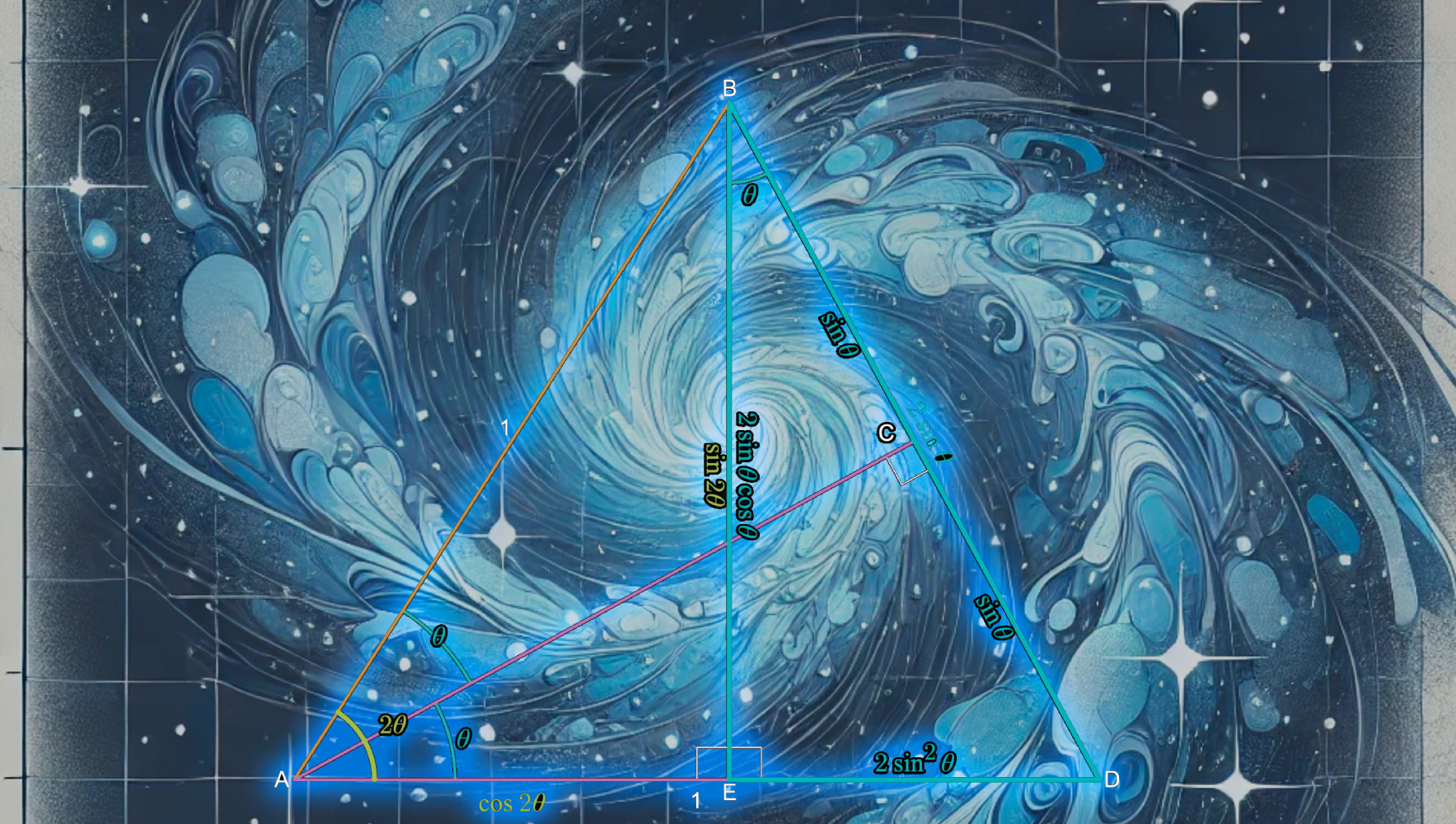Exam Outline
Section 1: Multiple Choice Questions
| Questions | Time | Exam Weight | Calculator |
|---|---|---|---|
| 28 | 80 minutes | 43.75% | No |
| 12 | 40 minutes | 18.75% | Yes |
Section 2: Free Response
| Questions | Time | Exam Weight | Calculator |
|---|---|---|---|
| 2 | 30 minutes | 18.75% | Yes |
| 2 | 30 minutes | 18.75% | No |
A calculator is allowed in specific sections.
Notes & Resources
Course Study Guide TI-84 Calculator Tips Unit 1 MCQ + Answers Unit 2 MCQ + Answers Unit 2 MCQ Unit 2 Answers Unit 3 MCQ + AnswersCourse Content
Unit 1: Polynomial and Rational Functions
1.1 Change in Tandem
1.2 Rates of Change
1.3 Rates of Change in Linear and Quadratic Functions
1.4 Polynomial Functions and Rates of Change
1.5 Polynomial Functions and Complex Zeros
1.6 Polynomial Functions and End Behavior
1.7 Rational Functions and End Behavior
1.8 Rational Functions and Zeros
1.9 Rational Functions and Vertical Asymptotes
1.10 Rational Functions and Holes
1.11 Equivalent Representations of Polynomial and Rational Expressions
1.12 Transformations of Functions
1.13 Function Model Selection and Assumption Articulation
1.14 Function Model Construction and Application
Unit 2: Exponential and Logarithmic Functions
2.1 Change in Arithmetic and Geometric Sequences
2.2 Change in Linear and Exponential Functions
2.3 Exponential Functions
2.4 Exponential Function Manipulation
2.5 Exponential Function Context and Data Modeling
2.6 Competing Function Model Validation
2.7 Composition of Functions
2.8 Inverse Functions
2.9 Logarithmic Expressions
2.10 Inverses of Exponential Functions
2.11 Logarithmic Functions
2.12 Logarithmic Function Manipulation
2.13 Exponential and Logarithmic Equations and Inequalities
2.14 Logarithmic Function Context and Data Modeling
2.15 Semi-log Plots
Unit 3: Trigonometric and Polar Functions
3.1 Periodic Phenomena
3.2 Sine, Cosine, and Tangent
3.3 Sine and Cosine Function Values
3.4 Sine and Cosine Function Graphs
3.5 Sinusoidal Functions
3.6 Sinusoidal Function Transformations
3.7 Sinusoidal Function Context and Data Modeling
3.8 The Tangent Function
3.9 Inverse Trigonometric Functions
3.10 Trigonometric Equations and Inequalities
3.11 The Secant, Cosecant, and Cotangent Functions
3.12 Equivalent Representations of Trigonometric Functions
3.13 Trigonometry and Polar Coordinates
3.14 Polar Function Graphs
3.15 Rates of Change in Polar Functions
Unit 4: Functions Involving Parameters, Vectors, and Matrices
4.1 Parametric Functions
4.2 Parametric Functions Modeling Planar Motion
4.3 Parametric Functions and Rates of Change
4.4 Parametrically Defined Circles and Lines
4.5 Implicitly Defined Functions
4.6 Conic Sections
4.7 Parametrization of Implicitly Defined Functions
4.8 Vectors
4.9 Vector-Valued Functions
4.10 Matrices
4.11 The Inverse and Determinant of a Matrix
4.12 Linear Transformations and Matrices
4.13 Matrices as Functions
4.14 Matrices Modeling Contexts
